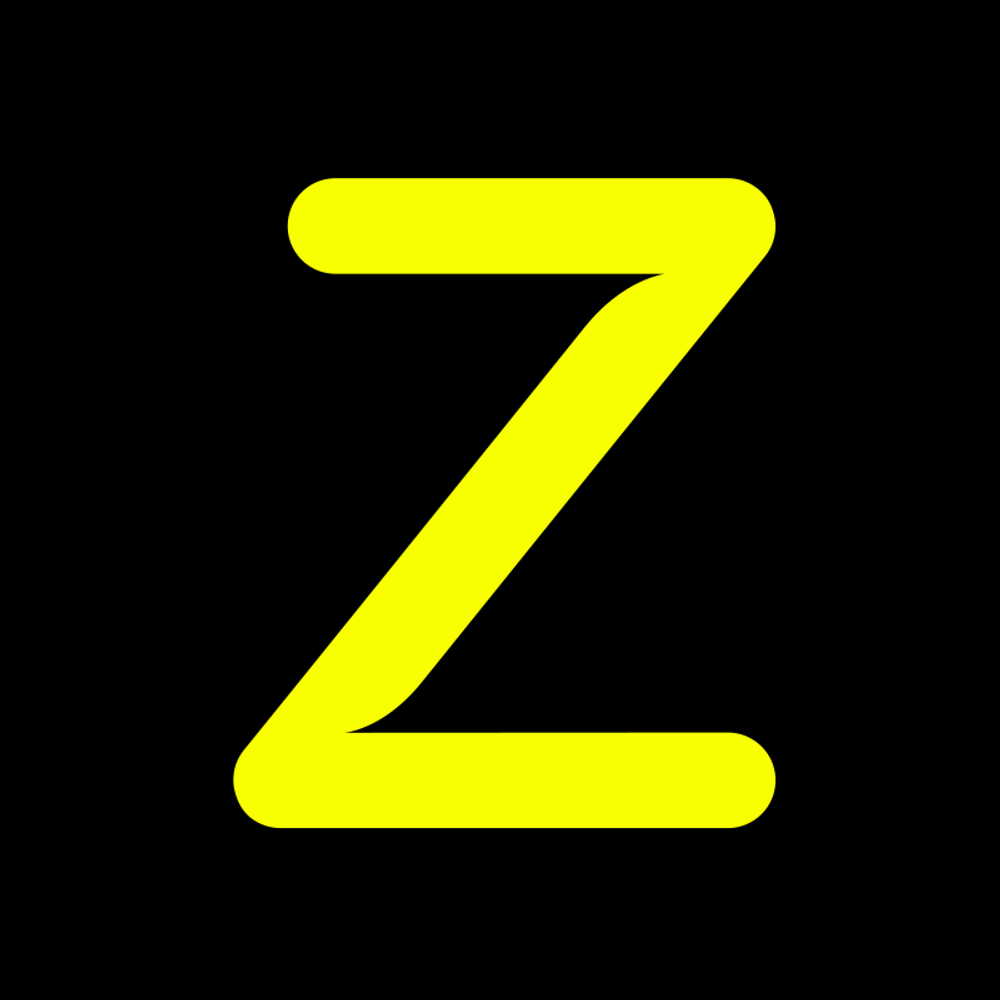SBM Conceals Serious Health Risks of Toxic Ship

Despite
the warnings of deadly contaminants on board, multinational SBM Offshore
allowed a heavily polluted gas tanker to be demolished on an Indian beach in
2018. The tanker contained high concentrations of mercury. A specialized bureau
warned SBM that workers could inhale mercury fumes during demolition, leading
to lasting neurological damage or even death. From discussions with those
directly involved, e-mails, and confidential documents obtained by ZEMBLA, it
appears SBM attempted to conceal the presence of mercury in order to avoid
millions of euros in cleanup costs.
SBM Offshore, builder of floating platforms for the oil and gas industry, owned a tanker called ‘Yetagun’. It lay above a gas field in Myanmar for years. This gas field contained high levels of mercury, which becomes attached to the walls of the tank upon storage. The presence of mercury came to light when SBM wanted to demolish the ship. A specialized bureau, contracted by SBM through a third party, had the tanker investigated by a chemical expert. From the research report, obtained by ZEMBLA, it appears high concentrations of mercury were detected on the steel walls. The report warned SBM of the serious, possibly deadly risks posed to the ship-breaking crew.
From confidential documents and e-mails passed on to ZEMBLA by whistleblowers, it appears SBM first attempted to downplay this report. Afterwards, SBM brought in another bureau to conduct a second investigation. That bureau concluded there weren’t any high levels of mercury present. Contrarily, those directly involved have stated to ZEMBLA this second investigation wasn’t well conducted, and that SBM did everything it could to avoid cleanup costs estimated in the millions of euros.
Despite warnings of the second investigation being ‘misleading, incorrect and potentially dangerous’, SBM proceeded with the demolition. The company sold the Yetagun to a ship-breaking company in India.
In their statements to ZEMBLA, SBM and the Indian ship-breaking yard maintain that the demolition was carried out in compliance with international regulations. The workers from the ship-breaking yard received adequate protection and were not exposed to mercury fumes, according to SBM. This would appear to be the case from unannounced inspections by an independent inspection bureau. ZEMBLA was not allowed to see the reports from these inspections.
However, from recordings made by a hidden camera, it appears the ship-breakers were completely unprotected during their work and exposed to fumes that were released through the use of gas burners. ZEMBLA spoke to several ship-breakers who had worked on the Yetagun. They have each independently stated that they only received protective clothing when inspectors came to the yard. Some workers complained of breathing difficulties and nausea to ZEMBLA.
The ship-breaking yards of Asia are well known for
extreme environmental pollution and poor working conditions. It is for this
reason the EU forbids ship demolition in India, but its ruling applies only to
ships sailing under the flags of EU-member states. The Yetagun sailed under the
flag of The Bahamas.
SBM Offshore is a Dutch
multinational. The company builds floating drill platforms and tankers for the
oil and gas industry. In 2014 it appeared the company was involved in bribery
payments worldwide. SBM settled for hundreds of millions of euros with Justice
Departments in The Netherlands, Brazil, and The United States.
Praat mee
Altijd op de hoogte blijven van het laatste nieuws?
Schrijf je in voor de Zembla-nieuwsbrief en blijf op de hoogte van onze onthullende journalistiek.
